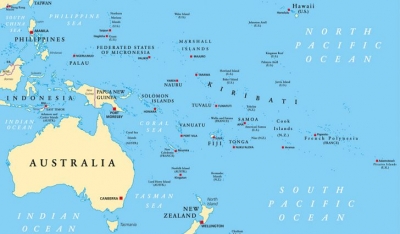
The northern half of Africa stretches down from the fertile coast bordering the Mediterranean Sea, through vast areas of desert and savanna, into the forests of the west and central Africa. Apart from the Atlas Mountains, the Ethiopian Highlands and Saharan ranges, much of the region is a level plateau.
In the far north of Africa, the countries bordering the coast benefit from natural resources of oil and gas. They also rely on tourism and the manufacture of textiles and carpets. The population is mostly Arabs. Berbers, an ancient native people, live in the uplands of Morocco.
South of the Sahara, agriculture is the primary industry of many countries. Rivers such as the Nile, Niger and Senegal provide essential water with which to irrigate crops. However, in many countries such as Mauritania and Mali, drought is a recurrent problem. In the driest areas, nomadic cattle-herders travel vast distances in search of good grazing.
There are many different peoples living in Northern Africa. Conflict between them often leads to long and devastating wars. The combination of war, drought and widespread poverty has led to terrible famines in Ethiopia and Sudan.
West Africa has a wetter climate, and crops such as coffee, bananas, cocoa, groundnuts and citrus fruits are grown. For many years, timber has been an important product of countries such as the Cote d’Ivoire, but this was carried out at such a rate that vast areas of the forest have now disappeared. Mining of oil and metal ores is a rich resource, but due to poor government and frequent wars, many countries are still impoverished.
Many people in Northern Africa live in small towns or villages, producing just enough food and goods for themselves. Others crowd into the cities, looking for work. They often have to live in very poor conditions on the outskirts of the city.
Picture Credit : Google





